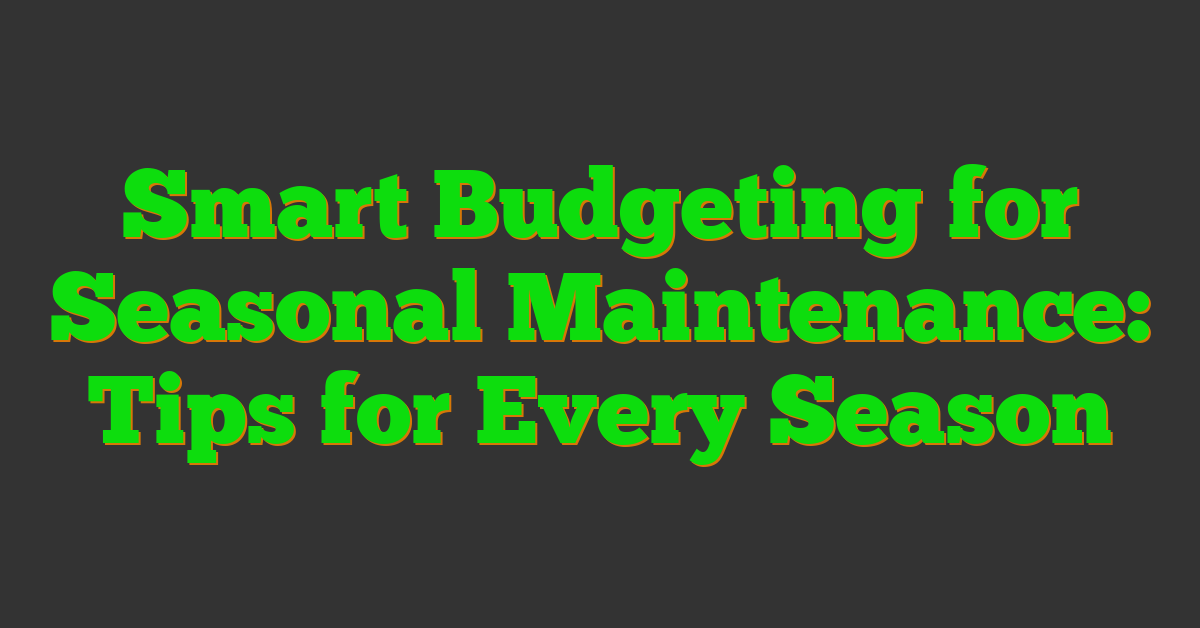Creating a perennial garden is one of my favorite ways to add lasting beauty to any outdoor space. There’s something special about plants that come back year after year, each season bringing its own charm.

Whether you’re a seasoned gardener or just starting out, planting a perennial garden can be both rewarding and surprisingly simple. I’ll guide you through the essential steps to ensure your garden thrives and blooms beautifully.
With a little planning and care, you can enjoy a vibrant, low-maintenance garden that stands the test of time. Let’s dive into how you can create your own perennial paradise.
Choosing the Right Location
Selecting the perfect spot sets the foundation for a thriving perennial garden. It ensures your plants receive the necessary conditions to flourish throughout the seasons.
Sunlight Requirements
Perennials need specific sunlight levels to grow effectively:
- Full Sun: At least 6 hours of direct sunlight daily. Ideal for roses, lavender, and daylilies.
- Partial Shade: 3-6 hours of sunlight. Suitable for hostas, astilbes, and bleeding hearts.
- Full Shade: Less than 3 hours of direct sunlight. Best for ferns, woodland phlox, and impatiens.
Assess your garden’s sunlight patterns to match plants with their light preferences.
Soil Conditions
Healthy soil promotes robust perennial growth. Consider these factors:
- Soil Type: Loamy soil offers a balanced mix of sand, silt, and clay. It’s perfect for most perennials.
- pH Level: Aim for a neutral pH between 6.0 and 7.0. Test your soil and amend it with lime or sulfur if needed.
- Drainage: Ensure proper water flow to prevent root rot. Incorporate organic matter to improve soil structure and drainage.
Evaluate your soil’s characteristics to provide an optimal environment for your perennial plants.
Selecting Perennial Plants
Choosing the right perennial plants ensures my garden thrives year after year. I consider factors like hardiness zones and flowering seasons to maintain a vibrant display.
Plant Hardiness Zones
Understanding plant hardiness zones helps me select perennials that withstand my region’s climate. By matching plants to my zone, I reduce the risk of disease and ensure robust growth.
| Hardiness Zone | Description | Example Perennials |
|---|---|---|
| 3 | -40 to -30°F | Peonies, Siberian Iris |
| 5 | -20 to -15°F | Hostas, Daylilies |
| 7 | 0 to 10°F | Lavender, Black-eyed Susan |
| 9 | 20 to 30°F | Bougainvillea, Agapanthus |
Flowering Seasons
Selecting perennials with varied blooming periods guarantees continuous color throughout the seasons. I plan my garden by choosing plants that flower in early spring, summer, and fall.
- Spring: Coneflowers, Bleeding Hearts
- Summer: Shasta Daisies, Echinacea
- Fall: Sedum, Asters
Preparing the Soil
Preparing the soil ensures your perennial garden thrives. I focus on testing and amending the soil, then improving drainage for optimal plant health.
Soil Testing and Amendment
First, I conduct a soil test to determine pH levels and nutrient content. Based on the results, I adjust the pH by adding lime to raise it or sulfur to lower it. I incorporate organic matter, such as compost or well-rotted manure, to enhance soil fertility and structure. Additionally, I may add specific fertilizers to address nutrient deficiencies, ensuring the soil supports robust perennial growth.
Improving Drainage
Effective drainage prevents root rot and promotes healthy plant development. I assess the soil’s drainage by performing a simple percolation test, observing how quickly water settles. If the soil retains too much water, I incorporate sand or perlite to increase permeability. For poorly drained areas, I create raised beds to facilitate excess water runoff. Ensuring proper drainage helps maintain a balanced moisture level, essential for strong and resilient perennials.
Planting Techniques
Implementing effective planting techniques ensures your perennial garden thrives year after year. I focus on proper spacing, planting depth, and methods to establish strong roots.
Spacing and Depth
Spacing plants correctly promotes air circulation and reduces competition for nutrients. I typically space most perennials 12 to 24 inches apart, depending on their mature size. For example, Lavender requires 18 inches between plants, while Hostas need about 24 inches.
Planting depth is crucial for root establishment. I dig holes twice as wide as the root ball but maintain the same depth as the container. Ensuring the crown sits at soil level prevents rot and encourages healthy growth. If planting bare-root perennials, I spread the roots evenly before placing them in the hole to avoid crowding.
Proper Planting Methods
Using the right planting methods sets a strong foundation for your perennials. I begin by loosening the soil around each planting hole to improve root penetration. Before placing the plant, I gently water the root ball to reduce transplant shock.
After positioning the plant, I backfill the hole with a mix of native soil and compost, firming it lightly to eliminate air pockets. Mulching with 2 to 3 inches of organic material helps retain moisture and suppress weeds. I avoid piling mulch against the stems to prevent moisture-related diseases.
« How to Make a Rain Barrel: Ultimate DIY Guide for Water Conservation Choosing Trees for Your Landscape: Essential Tips for a Stunning Yard »
Regular watering during the first growing season establishes deep roots. I aim to water deeply once a week, adjusting based on rainfall and soil moisture. Additionally, I monitor for any signs of stress or pests, addressing issues promptly to maintain plant health.
Maintenance and Care
Maintaining my perennial garden keeps it healthy and vibrant year-round. Regular care ensures my plants thrive with minimal effort.
Watering Guidelines
I water my garden deeply once a week, supplying about 1 inch of water each session. During hot or dry spells, I increase watering to prevent soil from drying out. Watering early in the morning minimizes evaporation and reduces the risk of fungal diseases. Using a drip irrigation system delivers water directly to the roots, promoting efficient absorption and conserving water.
Mulching and Weeding
I apply a 2-3 inch layer of organic mulch around my perennials to retain soil moisture and suppress weed growth. Mulch also enhances soil structure and adds nutrients as it breaks down. I inspect my garden weekly, removing any weeds by hand to prevent them from competing with my plants. Keeping the garden bed free of weeds ensures my perennials receive the necessary nutrients and space to flourish.
Conclusion
Creating a perennial garden has been such a rewarding journey for me. Watching my plants thrive year after year brings endless joy and tranquility. It’s amazing how with the right planning and care anyone can cultivate a vibrant and low-maintenance outdoor space. I’m excited for you to embark on your own gardening adventure and see your perennial garden flourish through the seasons. Happy planting!
















